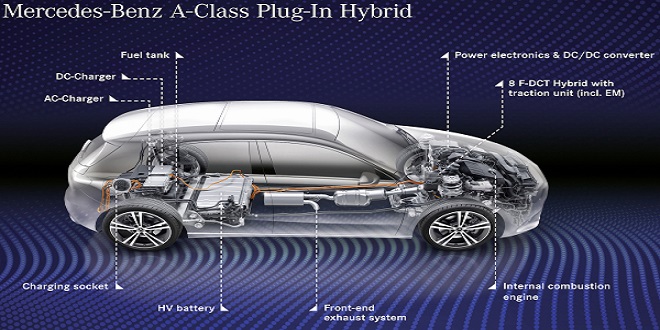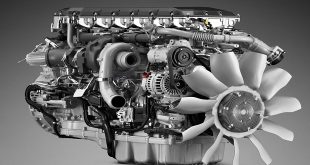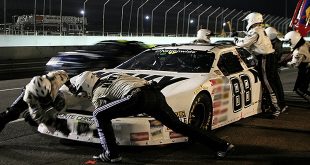Introduction
The Passat BlueMotion II concept integrates the technology of the Passat BlueMotion 2 with the Passat Blue TDI and adds regenerative braking.
section steel to reduce weight. The Passat BlueMotion 2 conforms to Euro-V emissions requirements.
On display at Paris was a BlueMotion concept Passat Wagon, named Passat BlueMotion II, bringing together the technologies of the Blue TDI and BlueMotion 2. This concept car combines SCR emissions-control technology with the advances of the Passat BlueMotion 2 and adds regenerative braking for the first time on a Volkswagen. The result, measured on the European combined cycle, is fuel consumption of 4.1 L/100 km, giving CO2 emissions of 109 g/km. VW indicates that a production version, with CO2 emissions of 114 g/km, will be available in 2009.
Next spring will see the re-introduction of the Golf GTI based on the recently announced Golf Mk VI model. The latest Golf to carry the GTI badge will be powered by a modified version of the turbocharged 2.0-L, direct-injection gasoline TSI engine that powered its predecessor.
Power rises to 210 PS (155 kW) from 200 PS (147 kW), but VW says that fuel consumption has been reduced from 8.0 L/100 km to 7.5 L/100 km measured on the European combined cycle. This also registers CO2 emissions of 178 g/km from the car. Peak torque of 207 lb·ft (280 N·m) is produced at 1800 rpm.
The Golf GTI, shown as a concept car at the Paris Show, follows a familiar path to its predecessors with a ride height reduced by 22 mm (0.87 in) and retuned suspension, featuring MacPherson struts at the front and a multilink system at the rear.
For the first time on a Golf GTI, the car will be fitted with a standard electronic limited-slip differential. This will be followed by the option of dynamic chassis control in time. The system provides active damping, which automatically adjusts the damping rates to reduce pitch and roll. The system, available on other Golf Mk VI models, offers Normal, Sport, and Comfort settings
Thanks to the testing facility, Ford now uses 40% fewer prototypes for crash testing, which the needed development time has been slashed for this phase of a new car’s design from five to two months, Kozak added.
| We’ve added a $16 million analytical barrier building with a servo-controlled sled that allows us to perfectly mimic the crash event in a buck rather than a full vehicle,” he said.
That means the company can use the buck to replicate the anticipated crash characteristics of the bodywork, permitting testing of various interior safety systems such as restraints and airbags. This electronically controlled crash-test sled not only moves horizontally, it also pitches upward on impact, replicating the motion of a complete car in a crash. “That throws the dummies into the airbag at an angle, not straight into the air bag, and that makes all the difference in the world in air bag performance,” said Kozak. “It allows us to fine tune the design before we use an expensive prototype.” |
 Naa Songs
Naa Songs





